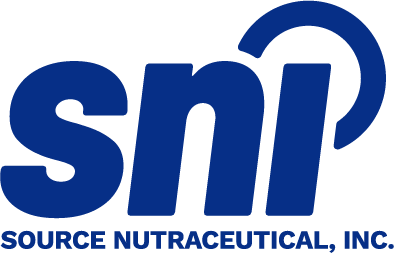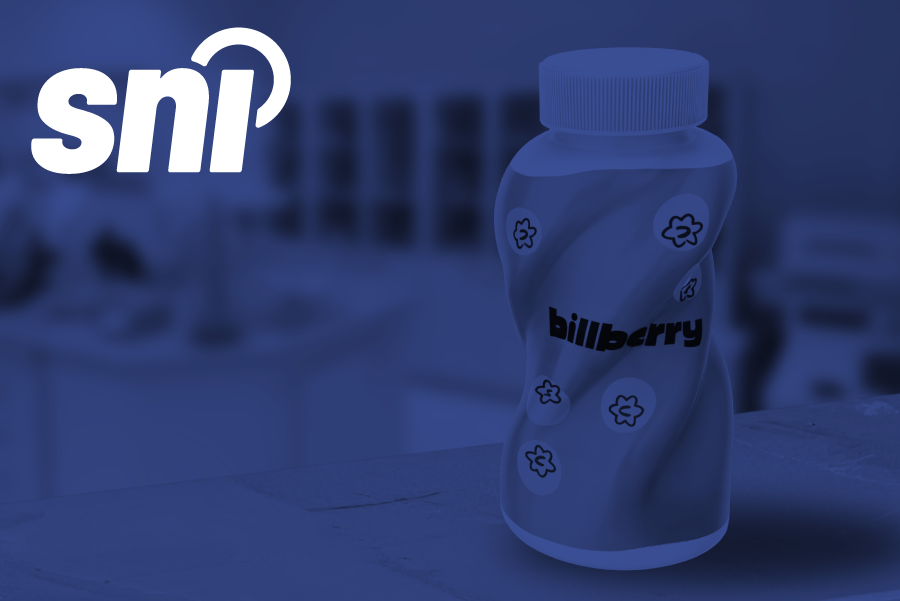As part of the upcoming Plain Language Labelling (PLL) requirements for Natural Health Products (NHPs) sold in Canada, Health Canada has introduced several flexibilities to help manufacturers address the challenges of fitting standardized Product Facts Table (PFT) content on small or uniquely shaped packaging. These flexibilities provide alternative approaches for presenting required information while maintaining compliance with the Natural Health Products Regulations (NHPR).
Under these provisions, manufacturers may move certain elements of the PFT to other areas of the label or to an approved label extension, such as a package insert, attached leaflet, or electronic Product Facts Table (ePFT). Additional layout adjustments, including condensed fonts, bilingual PFTs, and modified box frames, may also be used to conserve space without compromising legibility or accessibility.
These flexibilities are designed to support regulatory compliance while maintaining the intent of the PLL initiative, which is to ensure that product information remains clear, accessible, and easy for consumers to understand.
Manufacturers are encouraged to review the available options early in the label design process to determine which flexibilities are most appropriate for their product type, packaging configuration, and market presentation.
For detailed guidance on PFT formatting, font specifications, and labelling hierarchy, please refer to the Overview of New Plain Language Labelling Regulations for Natural Health Products in Canada. For tailored, product-specific regulatory support, contact our regulatory team at info@sourcenutra.com or by using the contact form located at the end of this article.
Product Facts Table (PFT) Flexibilities for Small Natural Health Product (NHP) Packaging
The introduction of the PFT requirements for NHPs sold in Canada has presented notable challenges for manufacturers using small packaging formats. The standardized table layout occupies considerably more space than previous label designs, which did not require information to appear in a standardized table format. As a result, what initially seemed to be a straightforward labelling update has led to sourcing constraints, design revisions, and spacing issues for many manufacturers preparing for the June 22, 2028, compliance deadline.
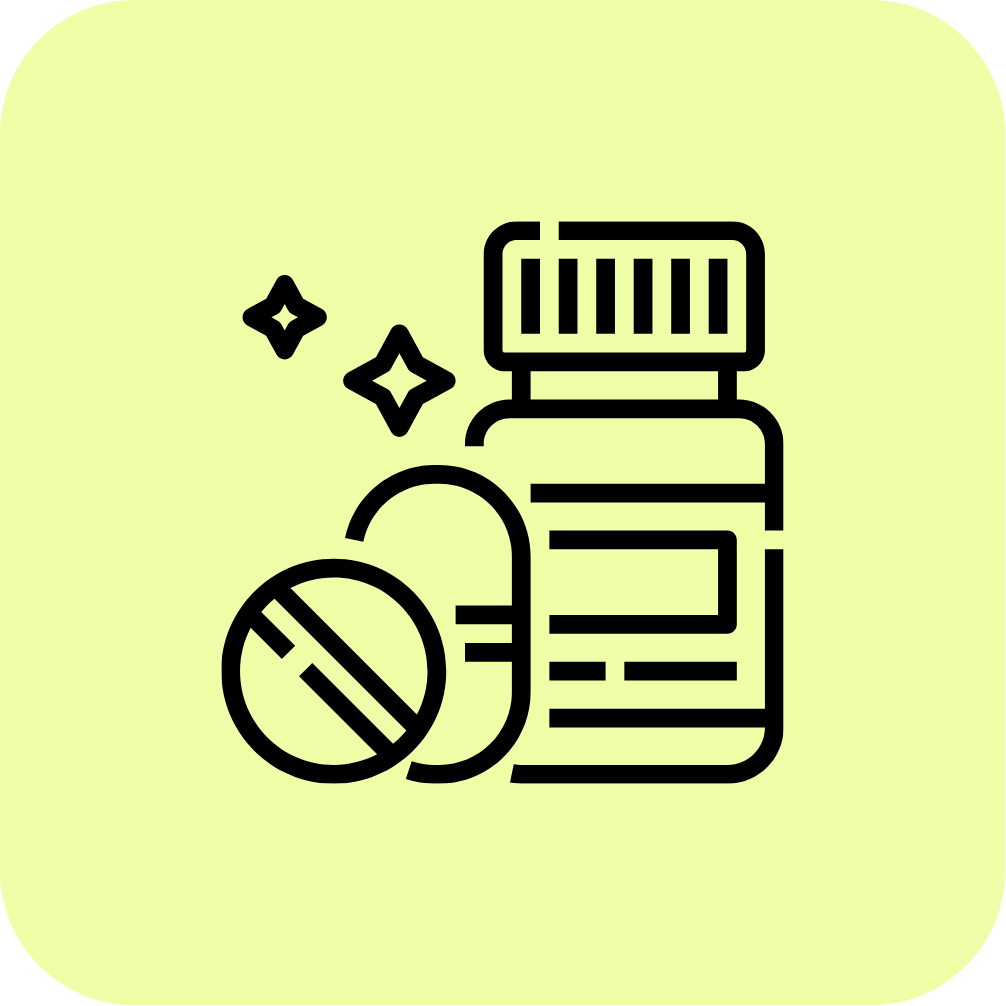
To help address these challenges, Health Canada has introduced several flexibilities for NHPs that cannot accommodate a full PFT. While the sequence and type of information required under the NHPR must remain unchanged, these flexibilities allow certain content to be moved outside the table or presented in an alternate layout, such as on another panel, within a package insert or attached leaflet, or in an ePFT.

When any portion of required information is relocated outside the PFT, a clear statement must appear immediately below the Product Facts title to direct consumers to the new location of the displaced content. The statement must be presented in the same font, size, and style as the label’s headings to maintain visual consistency and legibility.
Examples of acceptable statements include:
- “For information on medicinal ingredient source, potency, and non-medicinal ingredients see: www.company.ca”
- “For a full list of non-medicinal ingredients, please see leaflet.”
- “For full Product Facts table, including removed information, visit www.company.ca”

If an ePFT is used, the statement beneath the PFT title must include the full web address or URL where the complete information can be accessed. The design and presentation of the ePFT must comply with the Electronic Canadian Drug Facts Table Technical Standards to ensure accessibility, functionality, and compatibility across digital platforms. Using an ePFT does not replace having a PFT on the physical label.
Regardless of the flexibilities applied, Natural Health Products must continue to meet bilingual labelling requirements by presenting all mandatory information in both French and English, except in cases where specific provincial or content-related exemptions apply.
Overview of Acceptable Flexibilities for NHPs with Small Label Size
Below are the acceptable flexibilities that manufacturers can apply to their labels if the label size is too small to accommodate a standard PFT.
Product Facts Table Title:
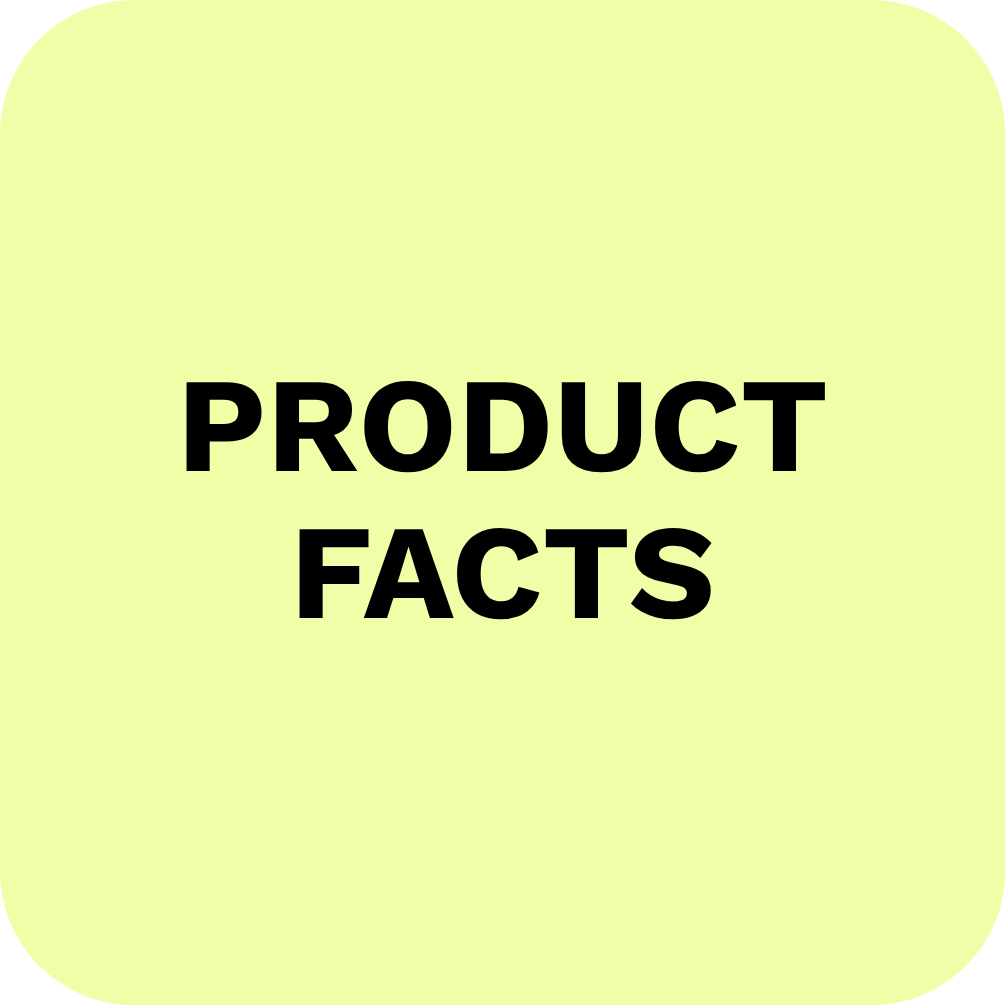
For products that use a split Product Facts Panel a secondary title (“Product Facts (continued)”) must appear in both English and French. However, for small packages, this secondary title may be omitted if a pointer such as an arrow is added to indicate where the remaining information can be found.
Medicinal Ingredients:
For standard PFTs, each medicinal ingredient listed on the label must include the following information:
- Proper and common name
- Source material
- Strain designation, if applicable
- Description of the source material
- Quantity per dosage unit
- Potency
- Extract ratio and dry equivalent quantity, when applicable
For example, medicinal ingredients are typically presented in English and French in the following manner:
- Withania somnifera (Ashwagandha) (root) … 2 g
or - Ashwagandha (4:1 extract) … 1 g (Withania somnifera [root]) equivalent to 4 g of Ashwagandha
In cases where label space is limited, manufacturers may move the source information, such as the plant part or extract ratio, outside the PFT to a leaflet, package insert, or ePFT. Although Health Canada allows the strain designation for live microorganisms to be relocated, doing so is not recommended.
When information is moved out of the PFT, it must continue to be presented in a format consistent with standard PFT conventions, including proper titles, headings, and subheadings, as detailed in Section 3.0 of the Guidance Document: Labelling of Natural Health Products.
Uses Section:

For products with sufficient space, the licensed use or purpose must appear under the “Uses” section within the PFT. For small packages that cannot accommodate the full table, the authorized use statement may be placed on the principal display panel, provided it appears exactly as authorized and is not combined with promotional language. Regardless of package size, at least one authorized health claim must always appear on the label.
Other Information:
The “Other information” content, such as storage or special instructions, may be placed elsewhere on the label when a standardized PFT cannot fully fit on the product label. When this flexibility is applied, the “Other information” heading can be removed from the PFT.
Non-Medicinal Ingredients:
For products that can accommodate a full PFT, non-medicinal ingredients must be listed alphabetically or in descending order of quantity, using either the common name or the International Nomenclature of Cosmetic Ingredients (INCI) name.

If a non-medicinal ingredient is a source of an allergen, the allergen should be indicated in bold and placed in brackets immediately following the ingredient name, in addition to being declared in the “Allergen(s)” section of the PFT. Fragrance allergens, including those listed in Annex II of the European Commission’s Cosmetic Product Regulations, must be declared outside the aggregate “parfum” term and listed in brackets following the fragrance name. Sugar-based ingredients should be grouped together and listed after the ingredient name in descending order by weight.
For small packages that cannot accommodate a standard PFT, the same sequence and content requirements apply. However, the “Non-medicinal ingredients” section may be removed from the PFT and presented elsewhere on the label, or within a leaflet, package insert, or company website.
Bilingual Product Facts Table:
Most products with sufficient space must use two separate PFTs to present the product information. For products with small package size, a bilingual PFT may be used instead of creating separate English and French versions.
Condensed Font:
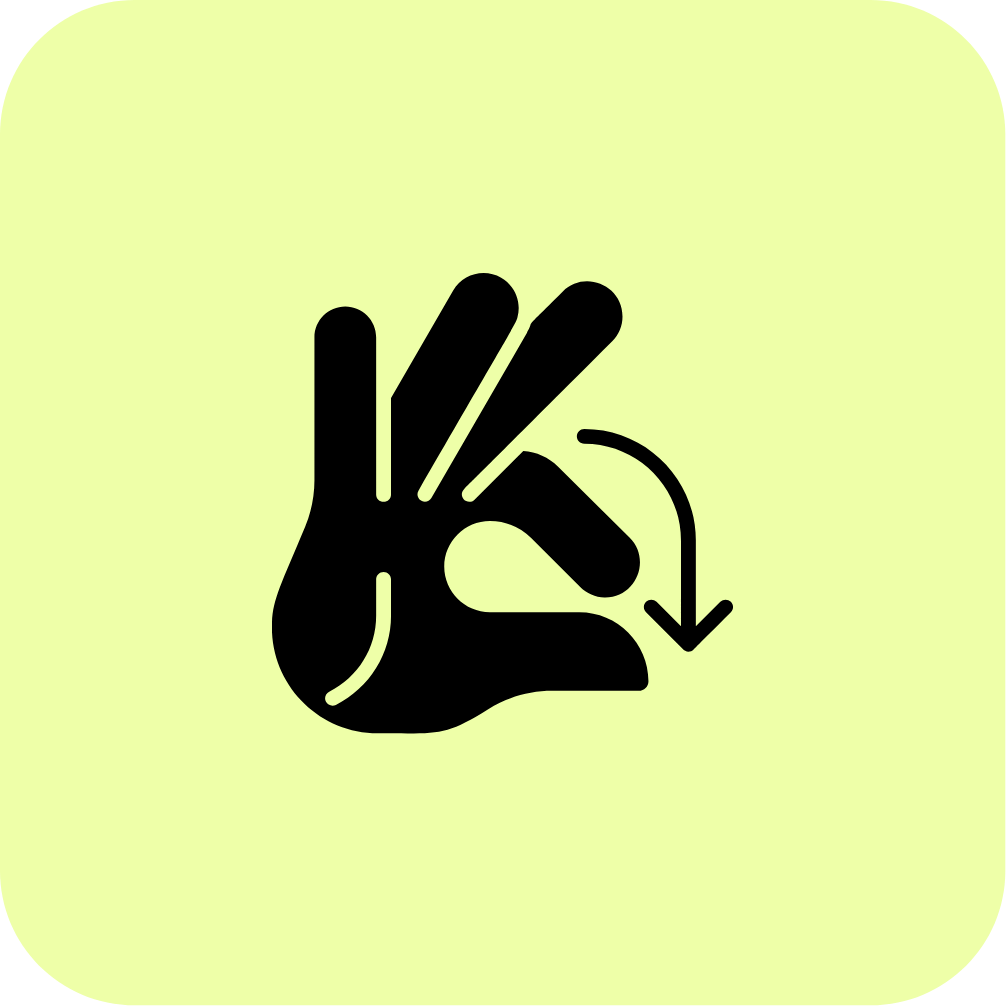
In addition to the above flexibilities, manufacturers may reduce the character width horizontally by up to 10%, resulting in a 90% horizontal scale.
A condensed font may also be used for the “Non-medicinal ingredients” section. For example, a 5.5-point font may be condensed to appear as a 5-point font. Similarly, a 6-point font condensed to 90 percent would appear to be approximately 5.5 points. This flexibility can be applied to all other required information under the same provision.
Headings:
For products with sufficient space to fit the standard format of the PFT, the headings should be separate from the product information that appears on the product licence. Such that, each heading is on a distinct line.
For example:
Directions:
Adults (18 years and older): Take 2 pills daily.
For products with small packaging, text may begin immediately after the section heading without additional spacing.
For example:
Directions: Adults (18 years and older): Take 2 pills daily.
Box Frame, Hairlines, and Rules:
For products that can accommodate a standard PFT, the table should be bordered by a rectangular box frame with a 1.5-point line weight. The frame may follow the shape of irregular packaging and can be adjusted to fit around barcodes. Rules separating major headings, including the “Product Facts” title, should also be 1.5 points in weight. Within the “Warnings” section, 0.375-point hairlines may be used to separate subheadings, maintaining consistent spacing from the box frame.

For small packaging, the same principles apply with added flexibility. A single continuous frame may be used across multiple panels, when more than one panel is used to present product information, with no text placed within 3.175 mm of a fold line. However, when a single continuous frame is used, all panels should maintain the same orientation.
Additionally, line weights may be reduced to 1.0 point, and hairlines under “Warnings” may be removed so that text begins directly after the section title. All sections should remain clearly organized with bold headings for readability.
Summary of Flexibilities for NHPs with Limited Space
| Flexibility | When Permitted | Key Conditions and Considerations |
|---|---|---|
| Product Facts Table Title | When the PFT is split across multiple panels and there is insufficient label space for a standard PFT | The secondary title “Product Facts (continued)” may be omitted if a clear pointer (e.g., an arrow) directs the consumer to the continuation of the information. |
| Medicinal Ingredients | When space on the label is insufficient for a standard PFT | Information such as the source material or extract ratio may be moved to a leaflet, package insert, or ePFT. The relocated information must maintain standard PFT formatting and structure. |
| Uses Section | When space on the label is insufficient for a standard PFT | The licensed use or purpose may appear on the principal display panel if it matches the authorized wording and is not combined with promotional statements. At least one health claim must remain on the label. |
| Other Information | When space on the label is insufficient for a standard PFT | Storage or handling instructions may be relocated elsewhere on the label. The “Other information” heading may be removed from the PFT when this flexibility is applied. |
| Non-Medicinal Ingredients | When the section cannot fit within the standard PFT | Must normally be listed alphabetically or by descending quantity using common or INCI names. The section may be moved elsewhere on the label, to a leaflet, insert, or to the company’s website. Condensed fonts may be used to conserve space. |
| Bilingual Product Facts Table | When space on the label is insufficient for a standard PFT in both languages | A single bilingual PFT may replace two separate versions, provided the content remains complete and legible in both languages. |
| Condensed Font | When space on the label is insufficient for a standard PFT | Character width may be reduced by up to 10% (90% horizontal scale). Minimum type sizes: 5-point for non-medicinal ingredients and 5.5-point for other sections. |
| Headings | When space on the label is insufficient for a standard PFT | Section headings may be followed immediately by the corresponding text instead of appearing on separate lines, as long as readability is maintained. |
| Box Frame, Hairlines, and Rules | When space on the label is insufficient for a standard PFT | A single continuous box frame may be used across multiple panels. Line thickness may be reduced from 1.5 pt to 1.0 pt. Hairlines may be removed, and section content may begin immediately after the title. Text must not appear within 3.175 mm of a fold line. |
Additional Flexibilities for Products Using a Single Principal Display Panel
For products that use a single (bilingual) principal display panel and have limited label space, Health Canada permits additional flexibilities to support legibility, layout consistency, and regulatory compliance. These adjustments maintain the integrity of the PFT while allowing manufacturers to optimize available space without compromising the clarity of required information.
Font Style and Weight:
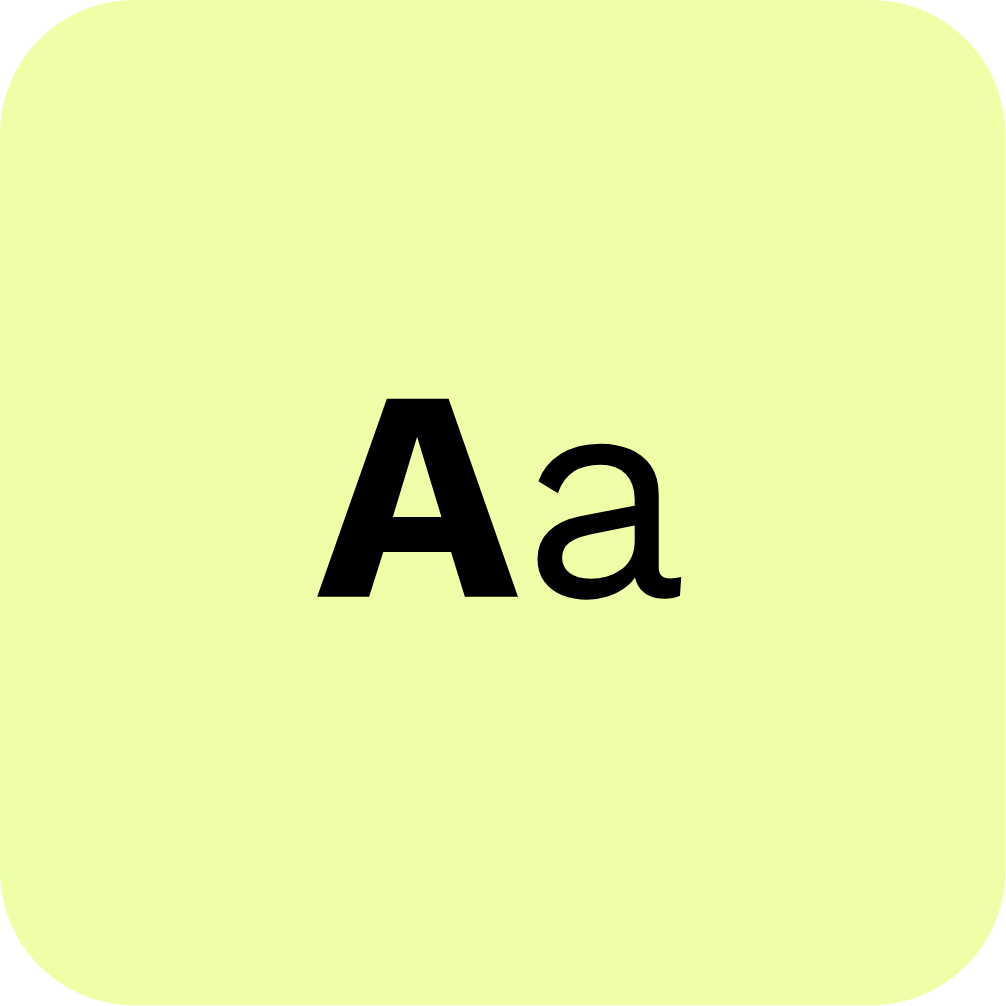
When using a single principal display panel on packages that are too small to fit a standard PFT, the character spacing requirement of ±5% (required for standard PFTs) does not need to be applied, provided the text remains clear and legible. This allows manufacturers greater flexibility in adjusting the layout to fit the table neatly within small surface areas while maintaining a professional, readable appearance.
Box Frame, Hairlines, and Rules:
The visual structure of the PFT may be simplified on small packages through the use of bilingual PFTs. Hairlines and rules (the solid black lines separating headings) may be removed, and content may begin immediately after each section title. Each section must start on a new line, with section titles presented in bold to preserve clarity. In other words, all inner lines within the table may be removed, provided that each section begins on a new line.
The standard requirement for spacing between hairlines and the box frame (the width of two characters at a 6-point font size) does not apply under this flexibility. The box frame itself may also be omitted if the label background colour provides sufficient contrast to create a natural boundary around the PFT. For example, if the product label background is a dark colour and the PFT is printed within a white or light-coloured box, the contrast between the two areas may provide sufficient visual separation to serve as a natural border, eliminating the need for an additional box frame.
Medicinal Ingredients

When space is limited, the “Medicinal ingredients” section may continue onto the inside panel of an innovative label (such as a peel-back or fold-out label), provided that the “Uses” content has been moved to the principal display panel. In this case, the outer panel must clearly indicate where the remaining information continues (e.g., “→ See inside panel for a complete list of medicinal ingredients”).
Abbreviations of Latin binomial names may also be used where appropriate, provided they do not compromise clarity. For instance, S. officinalis (Sage) may be acceptable where space constraints prevent the use of Salvia officinalis in full.
Non-Medicinal Ingredients
Similar to medicinal ingredients, abbreviations of Latin binomial names may be used for non-medicinal ingredients where space is limited. This flexibility allows concise presentation while maintaining compliance with identification requirements.
Warnings / Mise(s) en garde:

All point-of-selection warnings (such as “for external use only,” “for use in nose,” or “choking warning,” and as listed in Table 11 of the Guidance Document: Labelling of Natural Health Products) must appear directly on the label, regardless of space limitations. These include warnings related to route of administration, drowsiness, or excitability, and may be displayed in bold for emphasis.
Point-of-use warnings, which provide instructions or cautions relevant during product use, may be removed from the PFT and placed in a package insert or leaflet affixed to the outermost container. Examples of point-of-use warnings include:
- “When using this product…”
- “Stop use and ask a health care practitioner if…”
For lower-risk products, these point-of-use warnings may also be moved to an ePFT, provided the label includes a clear indication of where the complete information can be accessed.
Final Remarks
The flexibilities introduced under Health Canada’s Plain Language Labelling (PLL) framework give Natural Health Product (NHP) manufacturers practical solutions to manage limited label space while maintaining full regulatory compliance. By using options such as condensed fonts, bilingual Product Facts Tables (PFTs), modified box frames, and the relocation of certain elements to a leaflet, package insert, or electronic PFT, manufacturers can meet the Natural Health Products Regulations requirements without compromising clarity or readability.
As the June 22, 2028, compliance deadline approaches, early planning is essential. Manufacturers should evaluate which flexibilities best suit their packaging and ensure that all relocated content is clearly referenced on the outer label. Regardless of the format used, the required information must remain complete, legible, and accessible to consumers to uphold the intent of the PLL initiative, providing transparent and easy-to-understand product information.
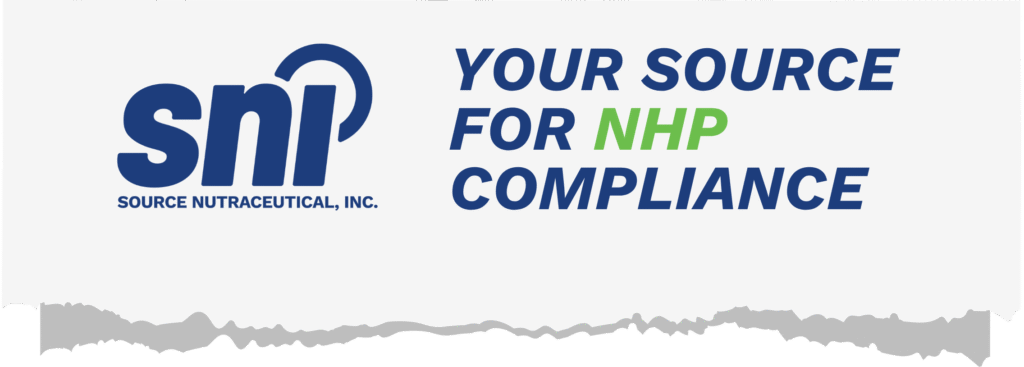
NHP Licensing and Labelling Support from SNI Experts
Is your team preparing for the new product labelling requirements but uncertain whether your Product Facts Table meets regulatory standards? Our team can help. SNI’s regulatory specialists provide a complete range of NHP-related services, including licensing, label reviews, bilingual translations, and in-house graphic updates. This unified approach helps reduce the need to coordinate between multiple agencies while ensuring that you receive comprehensive support in one convenient place. Contact our team today to learn more about our services and pricing.
☘️ More about our services here.
💡 Compliance is easy with the right support!
📩 info@sourcenutra.com
⬇️ Send us a request for support or an introductory call
FAQs
What is the compliance deadline for the new NHP labelling requirements?
The new Plain Language Labelling requirements for NHPs take effect on June 21, 2025, with a three-year transition period. This means all NHPs, including those licensed before that date, must fully comply with the new Product Facts Table (PFT) and related requirements by June 22, 2028. Products licensed on or after June 21, 2025, may temporarily follow previous labelling standards until the transition period ends.
What information can be moved outside the Product Facts Table (PFT)?
If the available label space cannot accommodate all required PFT content, manufacturers may relocate certain elements, such as non-medicinal ingredients, extract ratios, or source material details, to another location. Acceptable alternatives include displaying the information elsewhere on the label, within a leaflet or package insert, or through an electronic Product Facts Table (ePFT). When any information is moved, the order and format must remain consistent with the standard PFT, and consumers must be clearly directed to where the full details can be found.
Can manufacturers use a bilingual PFT or smaller fonts?
Yes. When space is limited, a single bilingual PFT may be used instead of separate English and French tables, provided all information remains complete and legible. Manufacturers may also use a condensed font by reducing horizontal character width by up to 10 percent, resulting in a slightly narrower but still readable type. Minimum type sizes must remain at least 5 points for non-medicinal ingredients and 5.5 points for all other sections. These changes can be combined with the permitted flexibilities discussed above.
What statement must appear on the label when information is moved outside the PFT?
If required information is relocated to another area or resource, a clear statement must appear immediately below the Product Facts title. This note must match the font and style of the label’s headings and indicate where the complete information can be found. Examples include:
“For full Product Facts table, including removed information, visit www.company.ca.”
“Read package insert for complete warnings before use.”
“For a full list of non-medicinal ingredients, please see leaflet.”
If an ePFT is used, the URL must be included in the statement.
Are any exemptions available for newly licensed NHPs?
Yes. Newly licensed NHPs (those approved on or after June 21, 2025) are temporarily exempt from the new labelling requirements during the transition period, provided they continue to meet the previous labelling standards. All NHPs, new and existing, must comply with the updated labelling requirements by June 22, 2028, at which point the new Plain Language Labelling format becomes mandatory.
✷ The content on this website, including information presented in this post, is provided for general informational purposes only and does not constitute legal, regulatory, or professional advice. While efforts are made to ensure accuracy, laws and regulations vary by jurisdiction and may change over time. Readers should not rely on this information as a substitute for advice from qualified legal or regulatory professionals. We disclaim any liability for actions taken based on this content, and users are encouraged to seek guidance specific to their circumstances.
